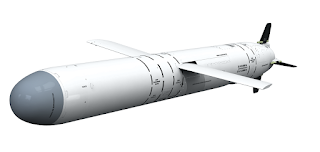What is an effective defense against a cruise missile?
Defending against cruise missiles demands a comprehensive strategy that integrates various defense systems and tactics. Firstly, early detection is paramount. Radar systems, satellites, and other surveillance technologies provide critical intelligence to identify incoming threats as early as possible. This early warning allows defenders to initiate appropriate countermeasures promptly.
Secondly, interception capabilities are essential. This often involves deploying surface-to-air missiles (SAMs) or anti-aircraft artillery to shoot down the incoming cruise missiles before they reach their intended target. These interception systems must be strategically positioned to cover vulnerable areas and provide overlapping coverage to ensure a higher probability of success. Additionally, advanced missile defense systems equipped with sophisticated sensors and guidance systems can accurately track and engage multiple targets simultaneously, enhancing overall defense capabilities.
Moreover, electronic warfare (EW) plays a crucial role in disrupting and neutralizing cruise missile threats. EW systems can jam the communication and guidance signals of cruise missiles, causing them to deviate from their intended trajectory or lose effectiveness. By disrupting the enemy's ability to coordinate and control their missiles, EW operations can significantly degrade the effectiveness of cruise missile attacks. Overall, an effective defense against cruise missiles requires a combination of early warning, interception capabilities, and electronic warfare tactics to mitigate the threat effectively.


.jpeg)


Comments
Post a Comment